Before you leave...
Take 20% off your first order
20% off
Enter the code below at checkout to get 20% off your first order
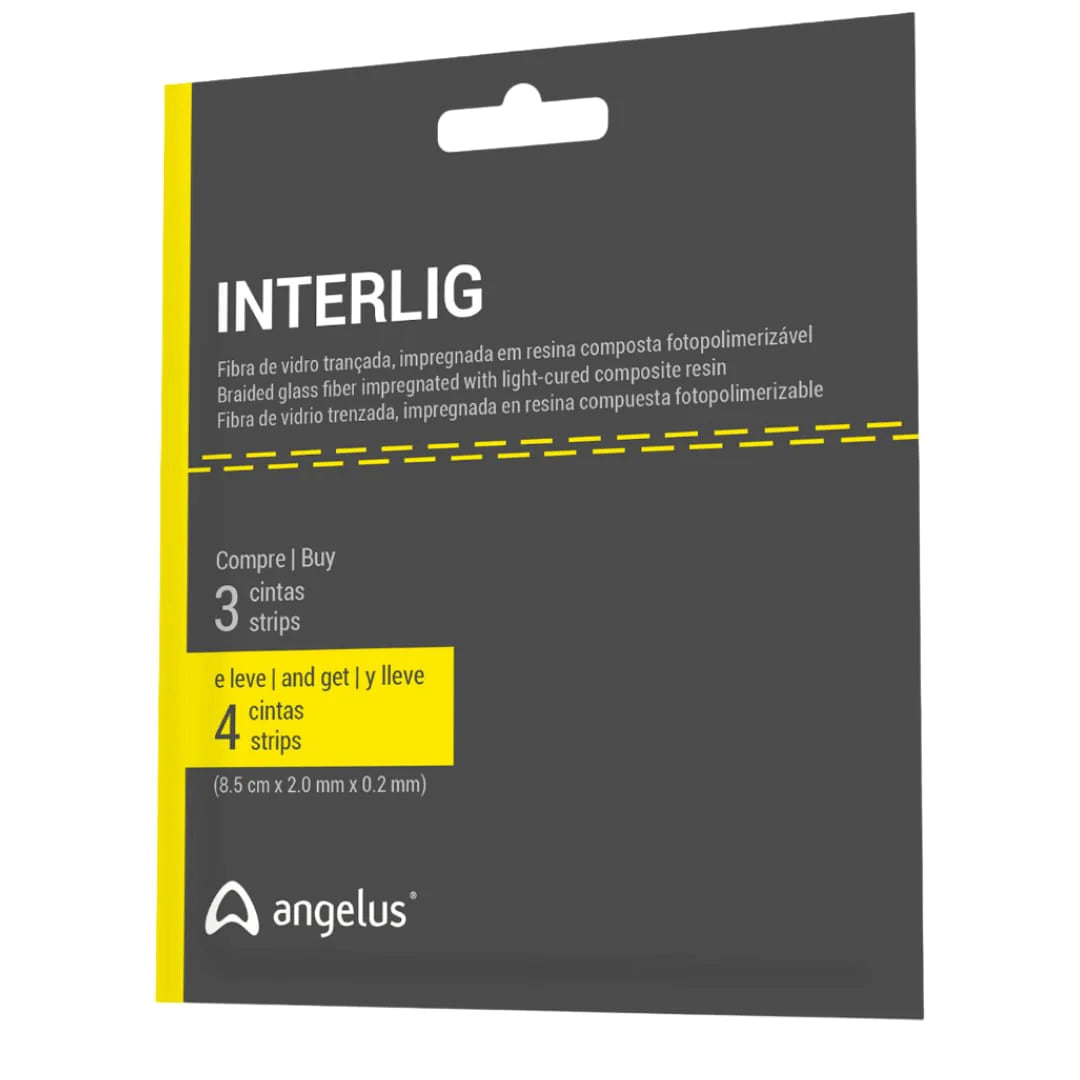
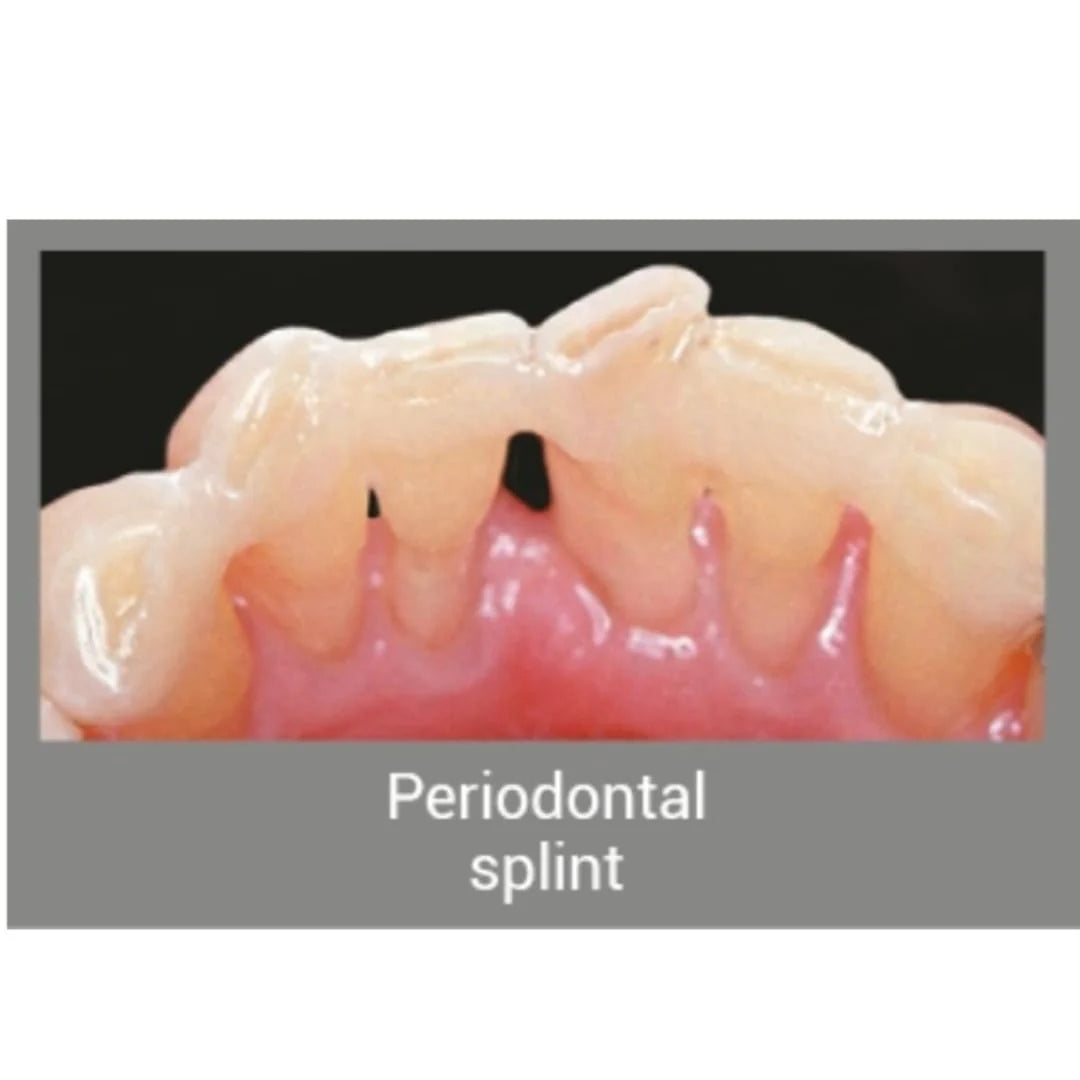

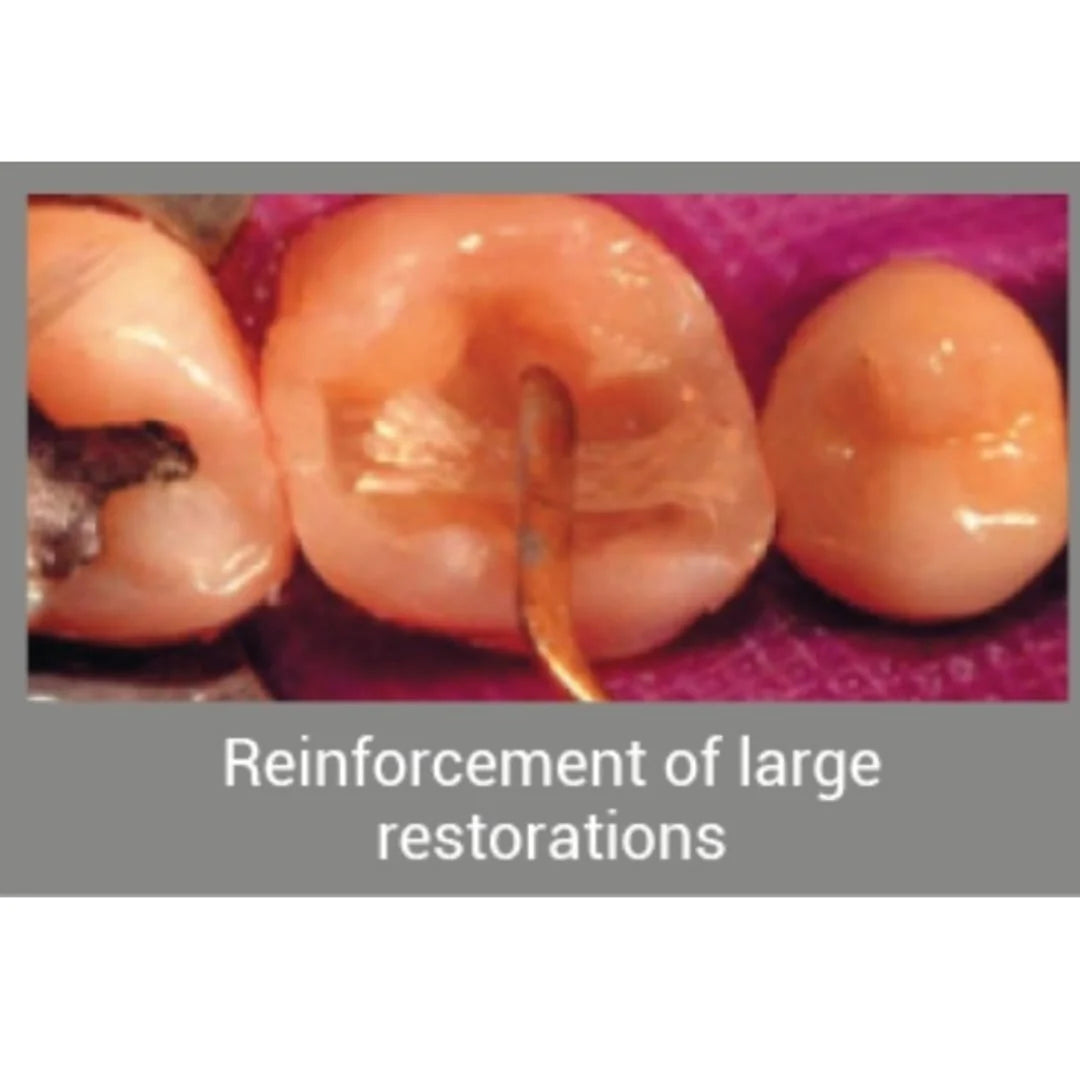
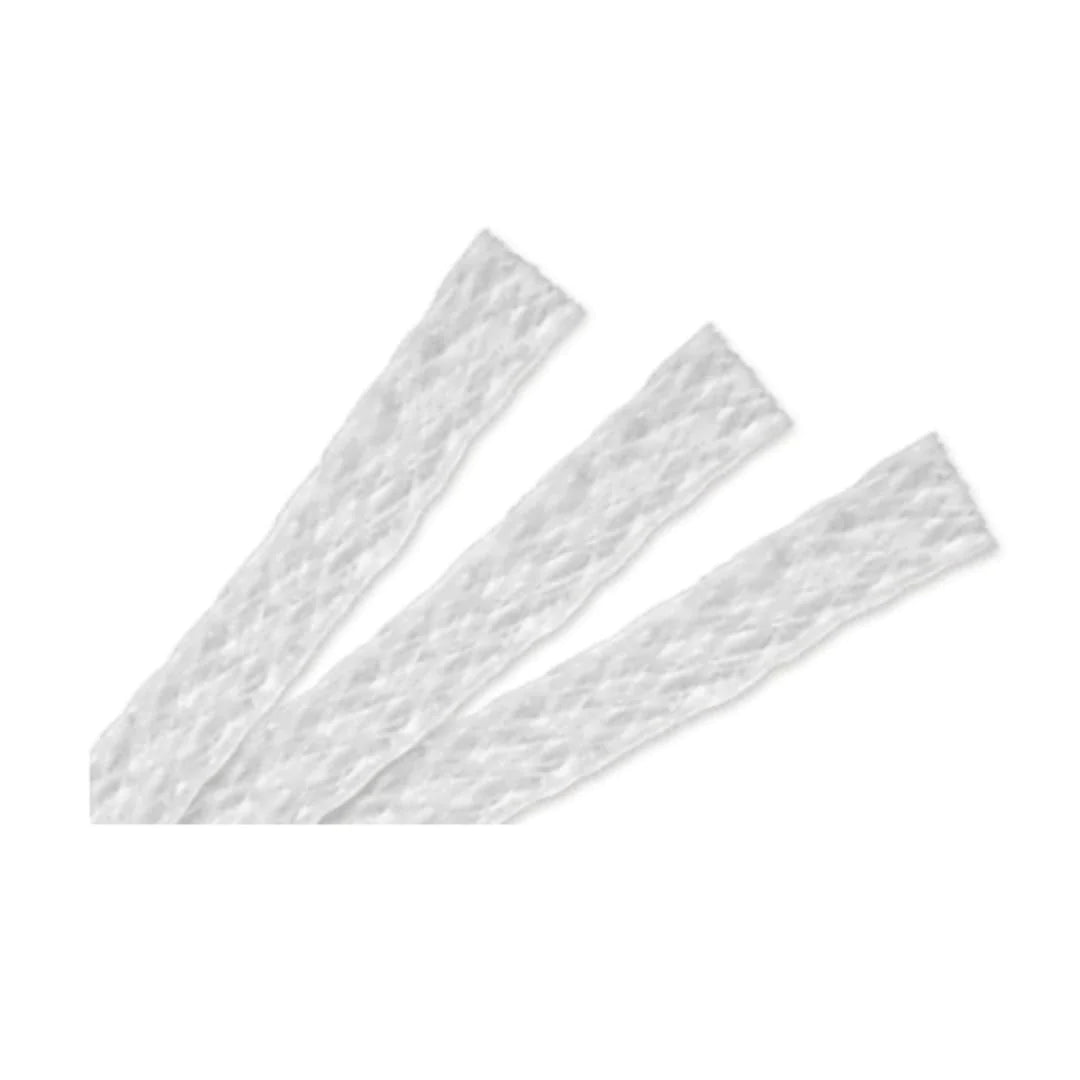
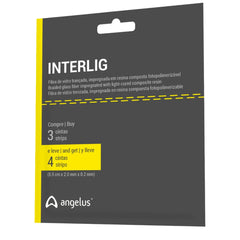
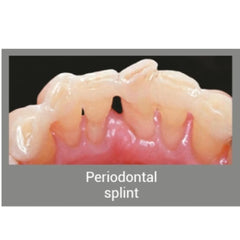
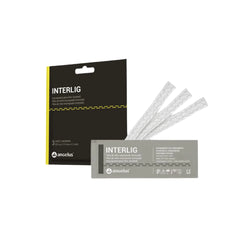
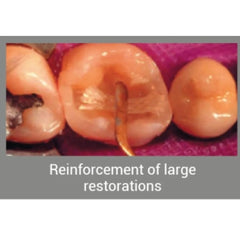
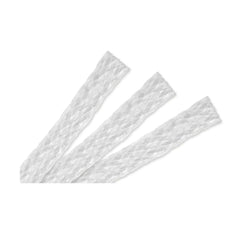
Angelus Interlig - Braided glass fiber
Braided glass fiber impregnated with light-cured composite resin used in Splinting in periodontics, Splinting of traumatized teeth, Fabrication of adhesive direct temporary prostheses. Reinforcement of large restorations.
Interlig is a reinforced composite material with glass fibers, for use in the clinic, with a range of applications: temporary periodontal or orthodontic immobilization, for emergency treatment of teeth lost due to periodontitis, pre-surgical splinting, for the reinforcement structure of fixed prosthesis, either mediate or immediate, for making intraradicular cores, for space retaining in primary or permanent dentition, for reinforcement of acrylic structure (provisional, total prostheses), for reinforcement of large restorations of composite resin. Interlig glass fibers are intertwined, which facilitates the use by the dentist. Their maleability is superior than that of the polyethylene fibers.
Interlig can be cut with any cutting instrument, and does not require special equipment. The glass fibers are impregnated with light-cured composite resin, and for this reason, no other type of adhesive or resin is needed to impregnate them.
Pre-impregnation facilitates handling and improves bonding between the glass fibers and the composite resin. The fibers are pre-impregnated with an unfilled resin matrix, using an immersion process with controlled time and temperature, in order to guarantee complete absorption and, consequently, guaranteeing the better mechanical performance of the product.
Aesthetics
The translucency of Interlig fibers and of the resin matrix provides high aesthetic resolution
Strength
The structural composition of Interlig® fibers and their preparation for dental use ensure their high resistance to bending, ensuring their indication for a wide range of clinical situations
Versatility of use
Interlig width can be adapted for use in various clinical activities
Excellent bonding to composite resin
The pretreatment of the Interlig fibers allows for perfect adhesion to resins in use in the clinic
Convenience of use
does not require special tools for cutting and comes already impregnated with resin
Reversible and minimally invasive technique
due to its adhesion to the adhesive and resin systems, work done with Interlig does not require invasion of the tooth structure
Time-saving
work with Interlig can be performed directly in the mouth, allowing for its completion in one session
Low cost
Compared to traditional techniques, using Interlig® allows you to perform more attractive and durable work, with a better cost-benefit ratio
What are the indications of Interlig?
How should Interlig be prepared before use?
What the advantage of the industrial resin impregnation of Interlig?
The pre-impregnated fiber is ten times more resistant than fibers that are not impregnated during their fabrication. For a complete absorption of the resin by the fiber, besides the appropriate volume of resin, a period above 24 hours is required for silane treatment and immersion in resin.
What is the advantage of Interlig glass fiber over the polyesthylene fibers?
Glass fiber is much more resistant (282 mpa) than polyethylene fiber (86 mpa).
How shouldInterlig be cut?
With any cutting instrument.
What is the length ofInterlig?
Each strip of interlig is 8.5cm long.
Why Interlig is packed in sachets?
Packaging in sachets protects from light and improves storage conditions.
How many clinical cases can be done with one strip ofInterlig?
Three cases of periodontal splinting.
Can Interlig be touched manually?
Interlig, unlike polyethylene fibers, is treated by cold gas plasma and it can be touched without alteration of its properties.
Which are the most important precautions when using Interlig?
How long can Interlig stay in the patient's mouth in a splint case?
How many teeth can a splint with interlig involve?
There is no limit, as long as tooth mobility and occlusion are considered. In more extensive cases, it is recommended to use two layers of interlig
In splint cases, is a groove necessary?
A groove is only necessary in final cases. For temporary use, fabrication of grooves on the teeth is not recommended.
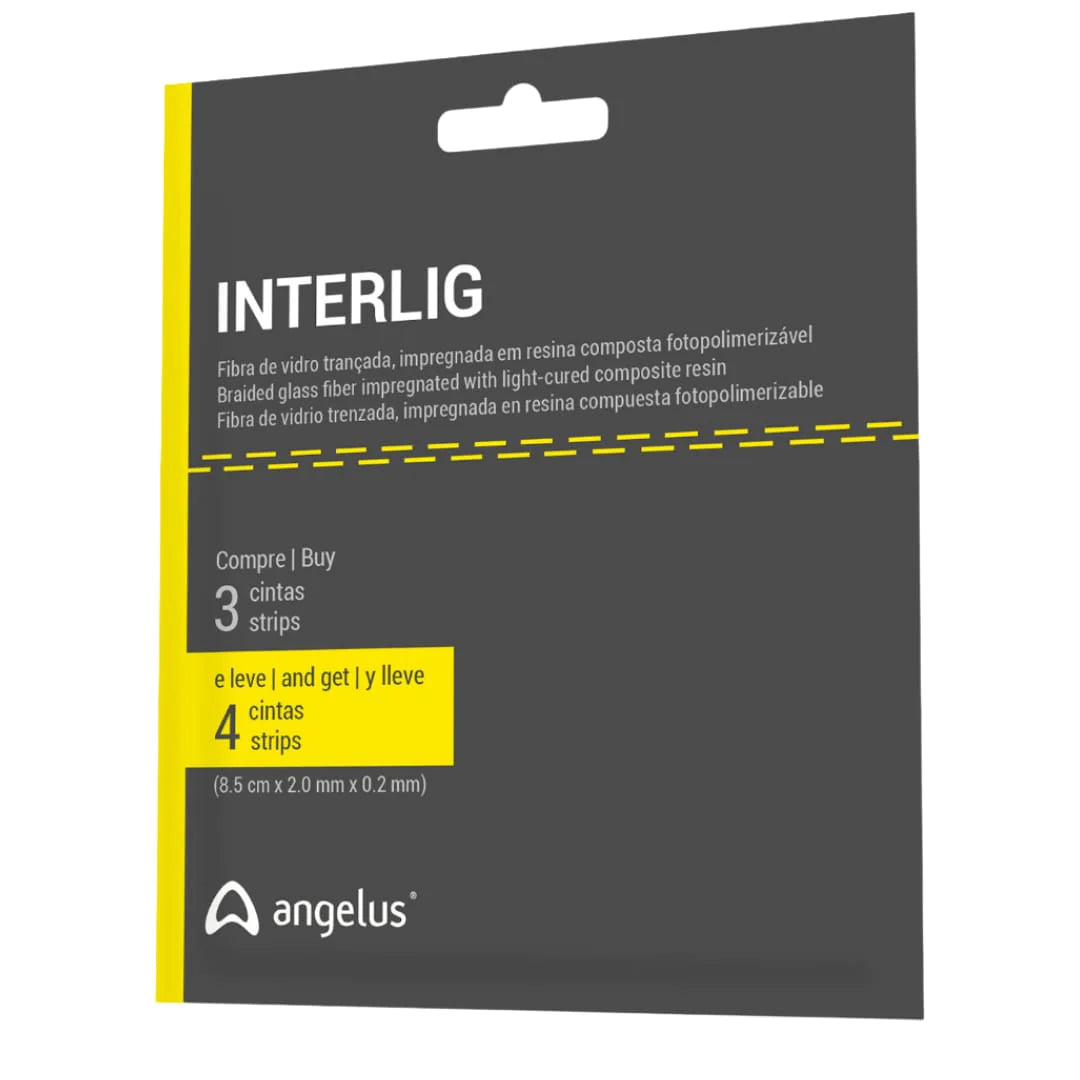






Thanks for subscribing!
This email has been registered!
Take 20% off your first order
Enter the code below at checkout to get 20% off your first order